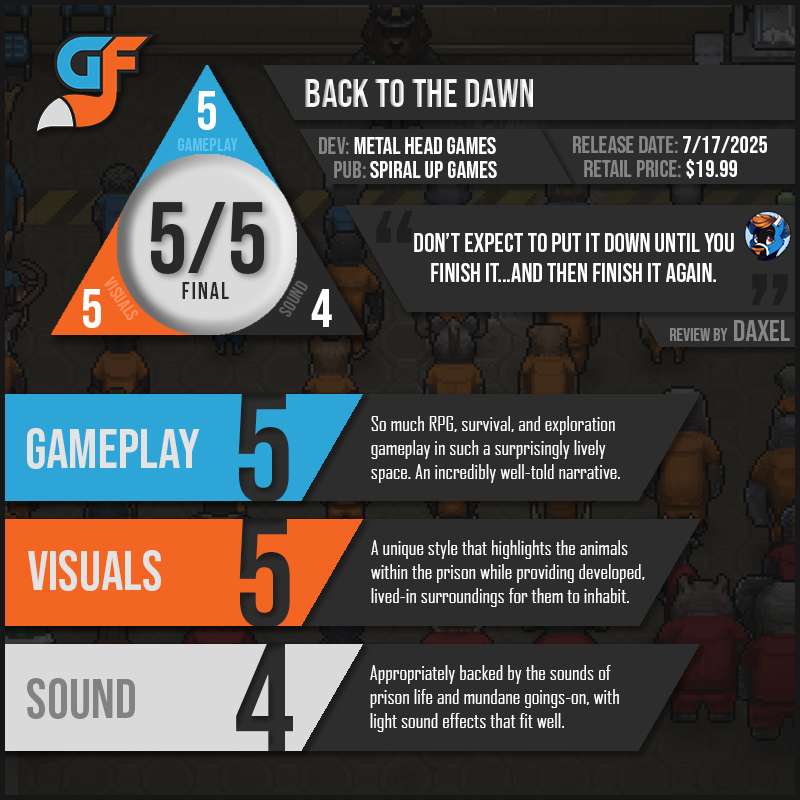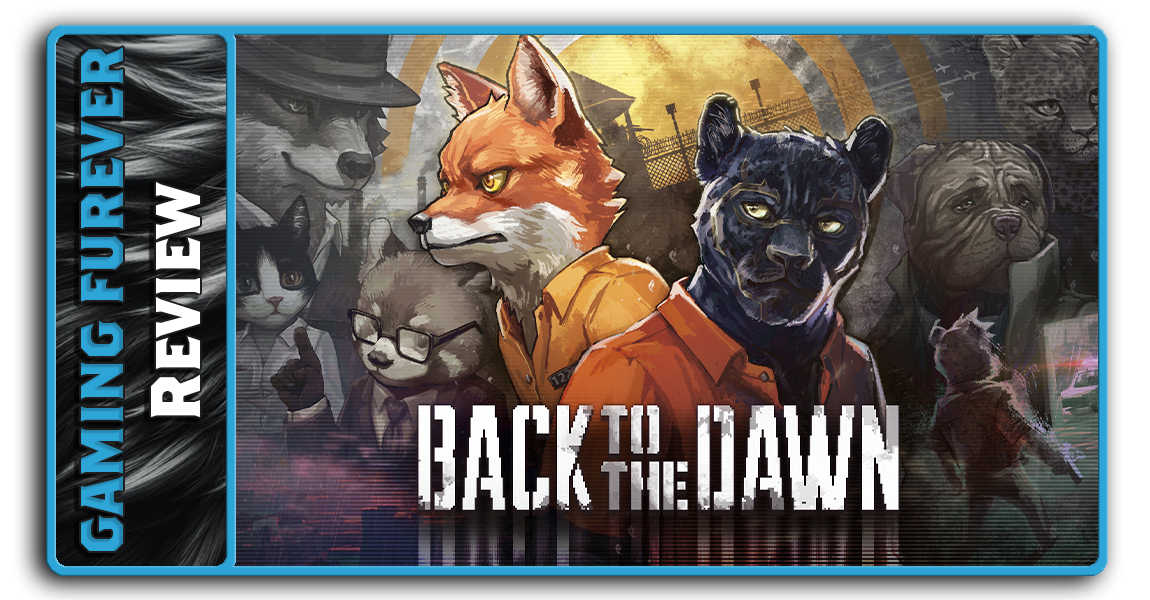You don’t often expect the level of world-building and story-crafting woven into games like Back to the Dawn, a gritty, engrossing, and multi-layered RPG game by Metal Head Games that just released out of Early Access. But I found myself locked inside the prison escape narrative just like its protagonists. Featuring fantastic game design and narrative pacing with just the right amount of quirkiness, Back to the Dawn can go lots of ways in its main campaigns, and it's hard not to wonder if you’re making the right move as your fate becomes more and more unpredictable.
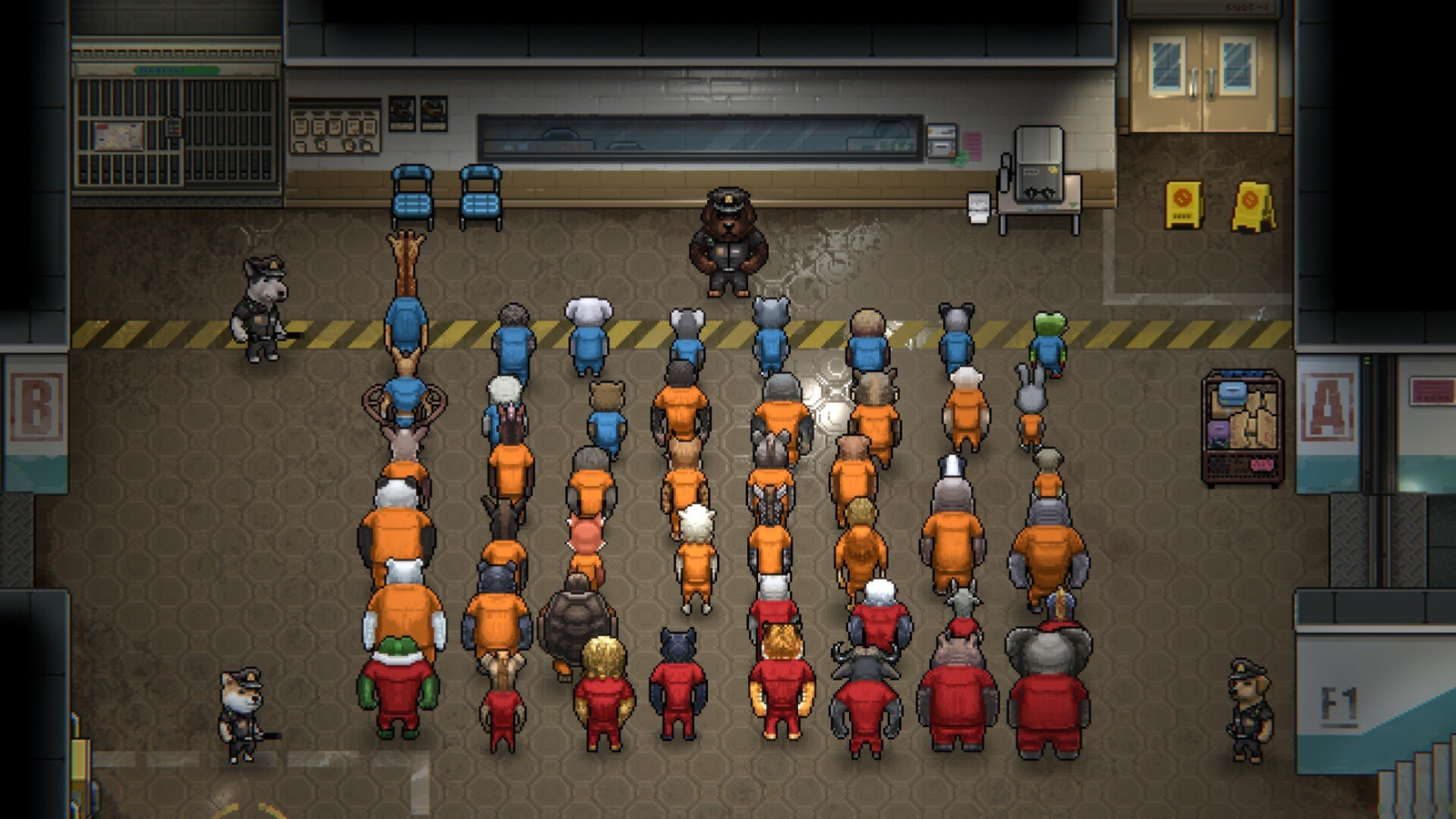
Two Stories, Tons of Possibilities
You play as one of two main characters, Thomas the Fox or Bob the Panther. Both have their own unique stories and interactions with the other 48 inmates “stuck” inside the barbed-wire walls of the Boulderton Prison. Thomas is a reporter who gets thrown into prison for a crime he didn’t commit after his investigative reporting dug a bit too deep into a politically and financially charged campaign. Bob is an undercover agent sent in on a top secret mission amongst the inmates. Your main missions are different within both stories, but you’ll be tasked with completing various tasks to eventually get out of the prison whilst also furthering your main goal you pursued before getting in there. How you accomplish those goals is ultimately up to you. You’ll need to get deeply ingrained in the business going on inside the prison, including getting to know the inmates, the staff, the gangs that run certain activities within different areas, and even the inner-workings of the many buildings that make up the facility. Each inmate has their own story to tell and a reason for how they act. There are thousands of lines of well-written conversations between the inmates, giving you intel on the evolving storylines within the prison. Throughout your daily, regimented hourly schedule inside Boulderton, you’ll have a chance to interact with the staff as well, gaining valuable insight into who is controlling important escape routes, or which avenues you could potentially explore to get around between buildings.
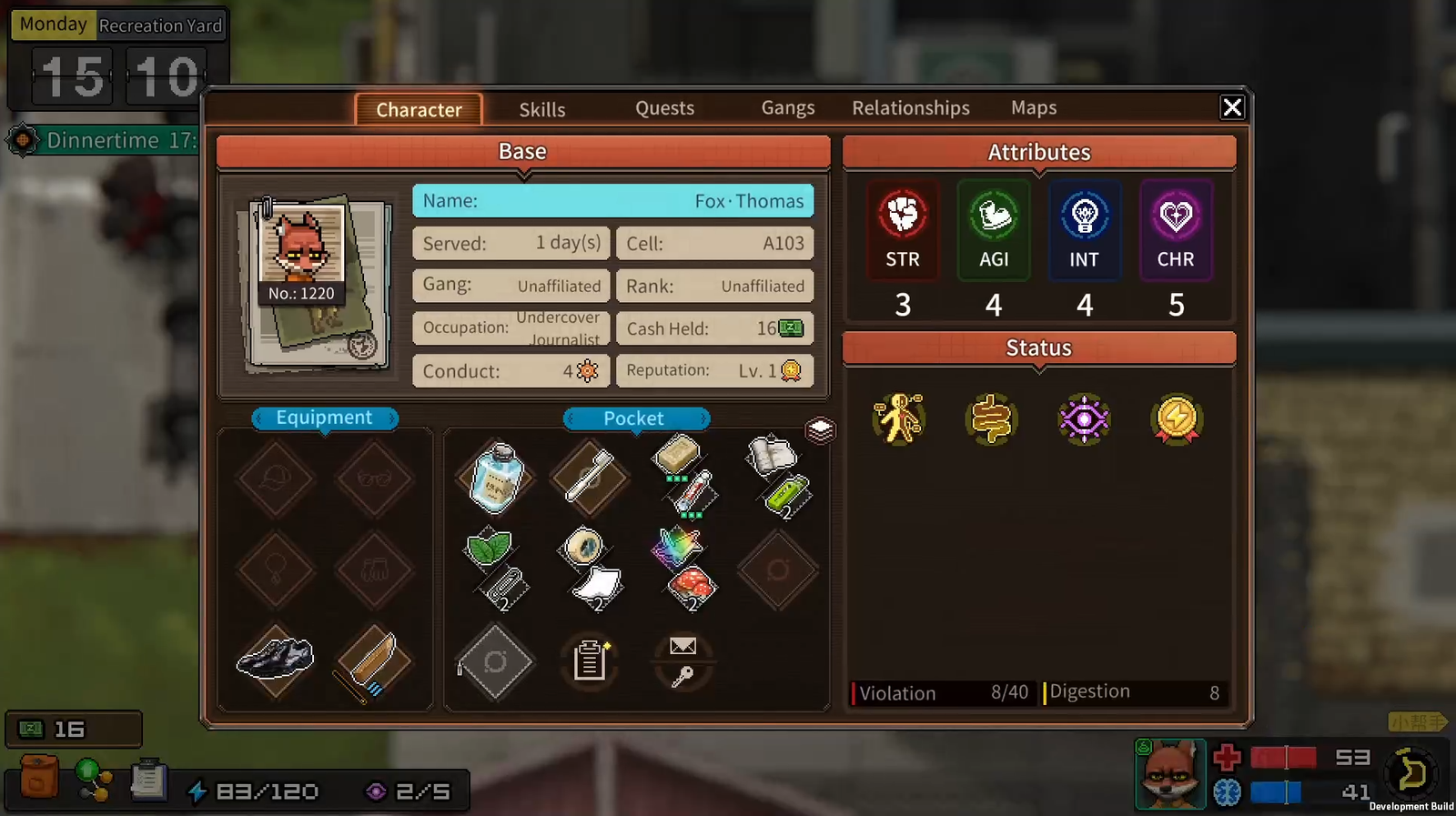
So Much to Do, But Time is Your (Main) Enemy
Speaking of schedule, the clock is constantly ticking on your time inside the prison. Every action you perform, whether that’s searching through a drawer, completing a work task for payment, listening in on conversations, or reading through a book, for example, uses a certain amount of time and stamina. You’ll have to make sure you use each wisely if you want to succeed. You define what way you want to succeed, too, and the game gives you a surprising amount of ways to do so. Every inmate (and every gang you can join) has a reputation bar that you can fill to earn skills, learn more about them, or unlock additional ways to trade with them. It’s hard to describe all the ways you can improve your rep with everyone, but it all feels appropriately situational and personal. For example, since everyone in the prison is some species of animal, what kind of gifts you give them on a day to day basis can be more liked by some and hated by others. A turtle or deer may love receiving flowers or mints, whereas a tiger or lion may really enjoy a weapon or heartier snack. I also loved how what animal each inmate happened to be was woven into their personality, mannerisms, and storylines. A poisonous frog could be using their toxins to try and make a new drug, or a rabbit happens to be an up-and-coming magician. There are tons and tons of little references to each and every character’s species. The animals chosen aren’t just for looks. Living amongst this very unique crowd, with all of their hardened or unfortunate stories just wanting to be uncovered in real-time, was such a cool experience, and I’m so glad it was handled with such a creatively deft touch.
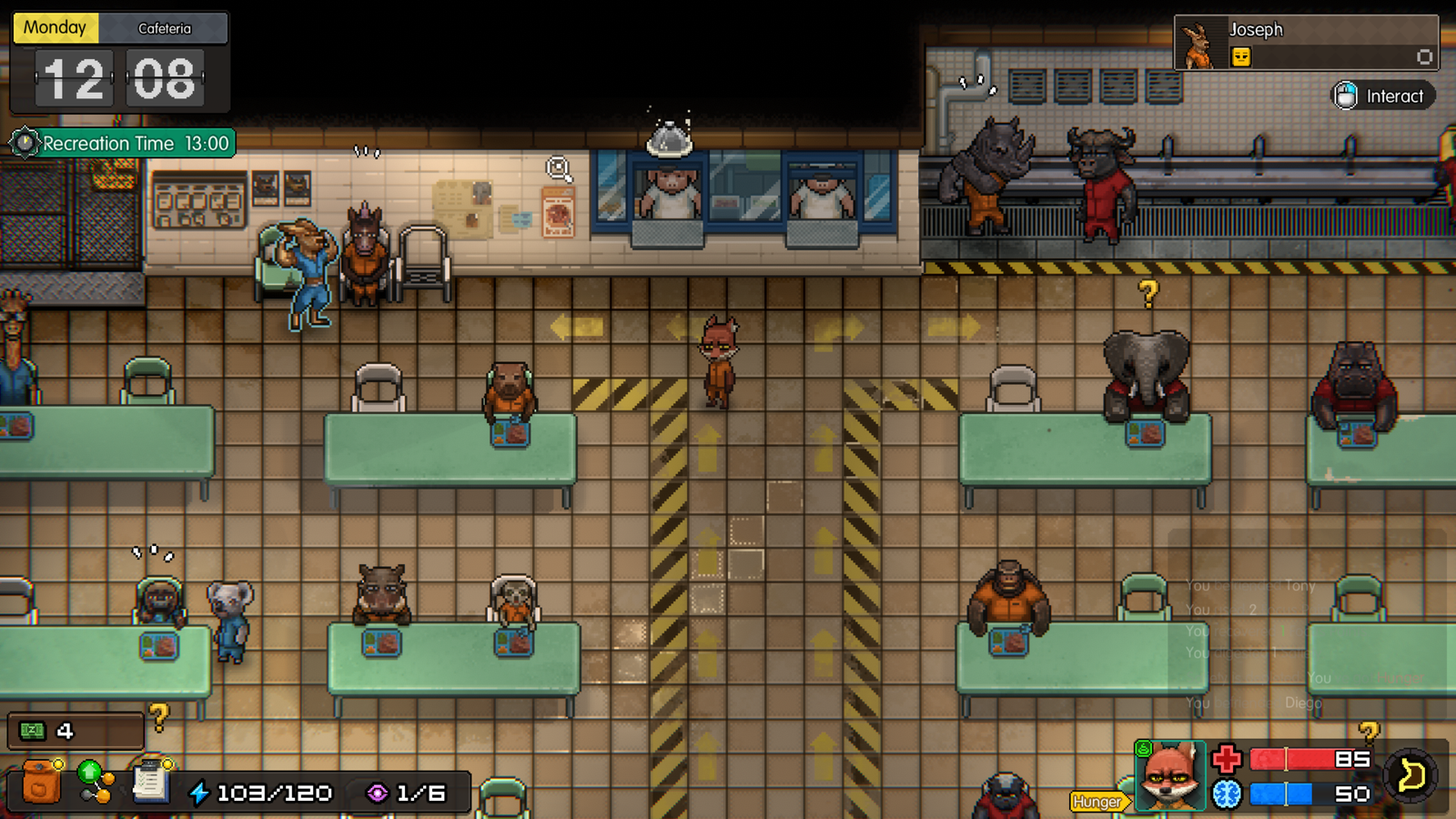
Each day has (usually) six specific parts, all laid out by your schedule and the constantly available clock up in the corner of the screen to help you know how much time you have left in that specific part. Once you hit the start of the next part of the day, you’ll be whisked away to the next part of the day, special circumstances notwithstanding. Navigating what all you wanted to do during those hours involved strategizing whether or not to make money, increase reputation, or do some trading and gifting. You have an inventory you can keep on hand, along with money, which can be used to craft more items, which can have varying effects. You’ll also need to make sure you keep yourself fed, clean, and of sound mind. You are in prison, after all. You’re literally in control of everything you do. Showering, using the toilet, deciding what to eat; you name it, you’re in control of it. That’s not even including the more devious decisions like stealing, starting fights, sneaking around, or figuring out ways to escape. I didn’t decide to pursue fighting paths or ones that involved more rough ways of escaping, but the others are certainly there. The three gangs inside the prison control the gym, library, and entertainment areas of the prison, and getting on their good sides involves working with their leaders to complete quests. Of course, doing so can start the ball rolling on a number of conflicts that could explode within the prison. How you use these schisms between inmates and gangs just adds to the amount of hard choices you’ll have to make as you try to make it out of the prison through whatever means necessary.
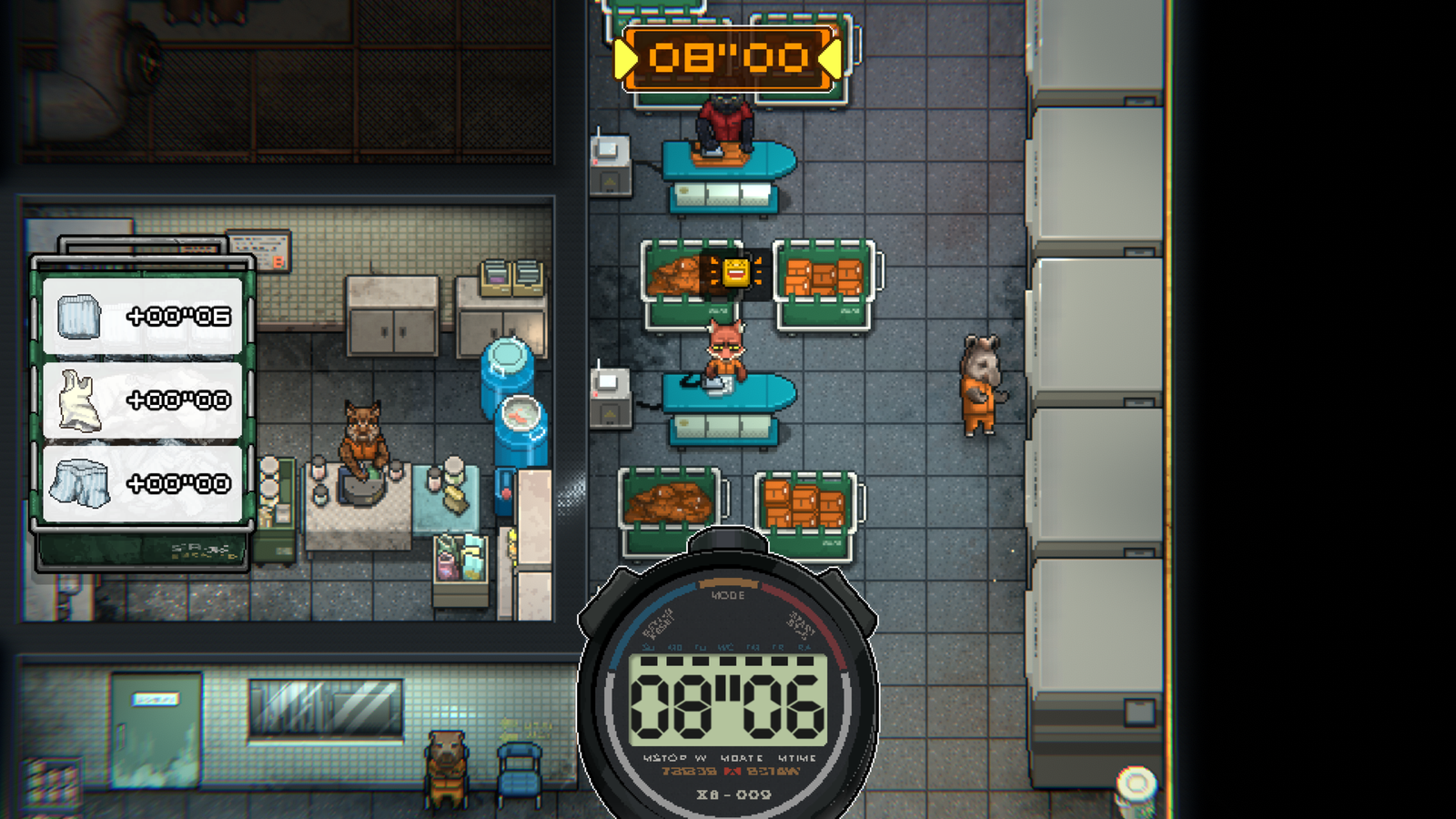
All of the activities I’ve described don’t even scratch the surface of what’s possible within the minigame activities you’ll have available to do for work within the prison. Usually, these areas where you can work are unlocked by completing quests for the main prison staff, and could potentially lead to other areas around the whole complex, leading to escape routes or precious intel from the outside. You’ll find yourself sorting mail, making coffee, doing laundry, cooking food, and a bevy of other options to make money, improve reputation, or acquire items. They’re well made games that involve memory, skill, and a quick hand. Plus, once you do them three times, you can decide if you want to manually or automatically finish them, which is a great design decision, as some are more difficult than others. The game would’ve been fantastic even if it didn’t have these games within the game, but they truly do put it over the top. They’re well made, fun, and fit right into the story.
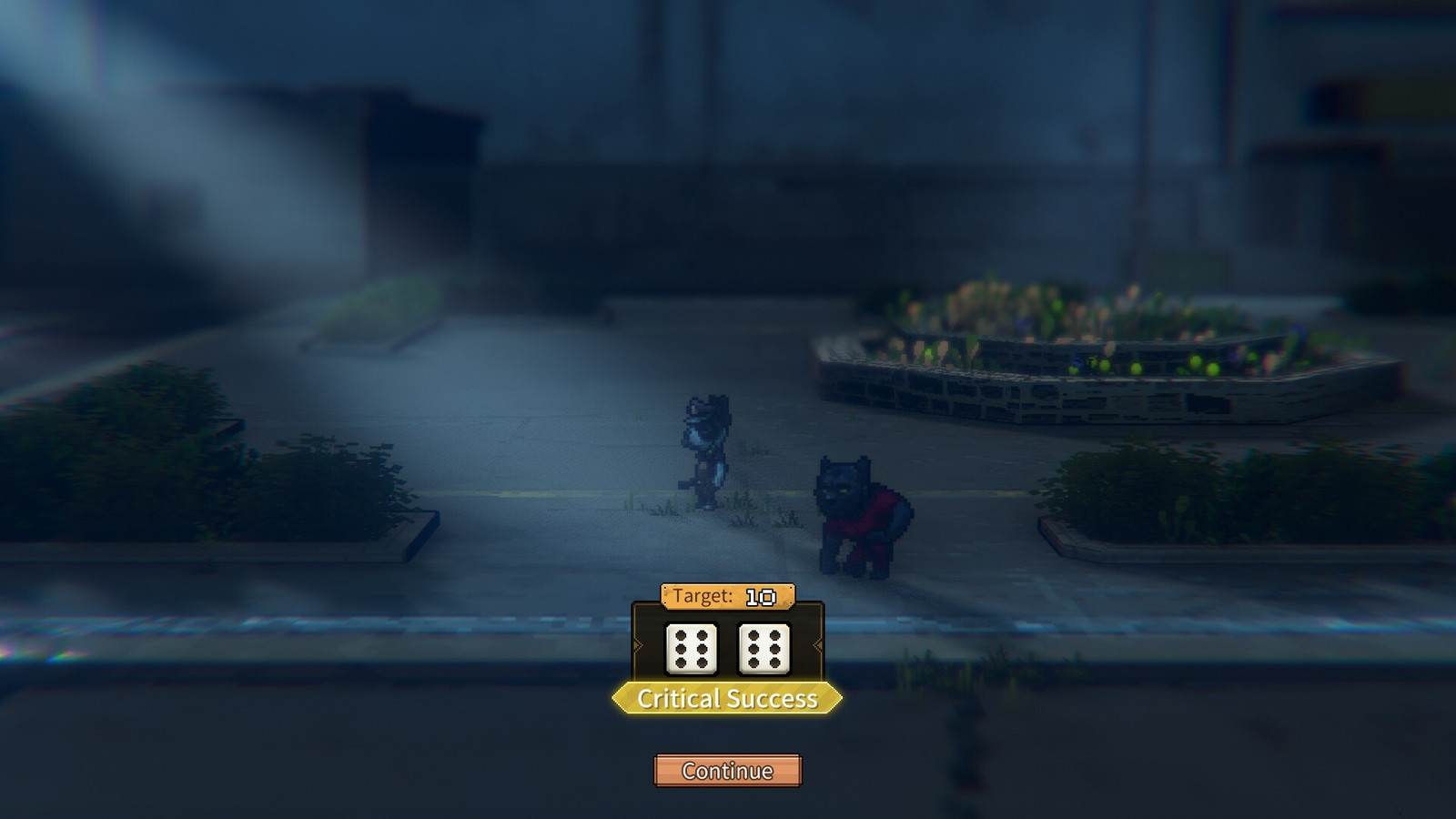
A Style Without Compare
The story plays out in Acts, and throughout them you’ll visit various locales outside of the prison, including flashbacks, situations where someone is trying to help your main character in a separate occasion, or in other surprising ways. Though most of the game takes place on a 2D plane, there are some areas which switch it up and have you navigating a layered space that just adds that extra level of detail to the experience. It’s really quite beautiful at times, in a sort of retro, weathered way. The characters are down on their luck in this environment, and you can really feel it. Spaces feel lived-in and real; textures feel worn and shoddy. It’s a shockingly memorable style that feels all its own and totally appropriate for the setting and stories being told. Each character design, artistically and narratively, feels purposeful and important, with their own story to tell. You’re rewarded for taking the time to get to know an inmate and what they like, with special bonding being available for each one, that really gives you the deepest parts of their past and why they’re in the prison, along with tangible skills and rewards for your own pursuits.
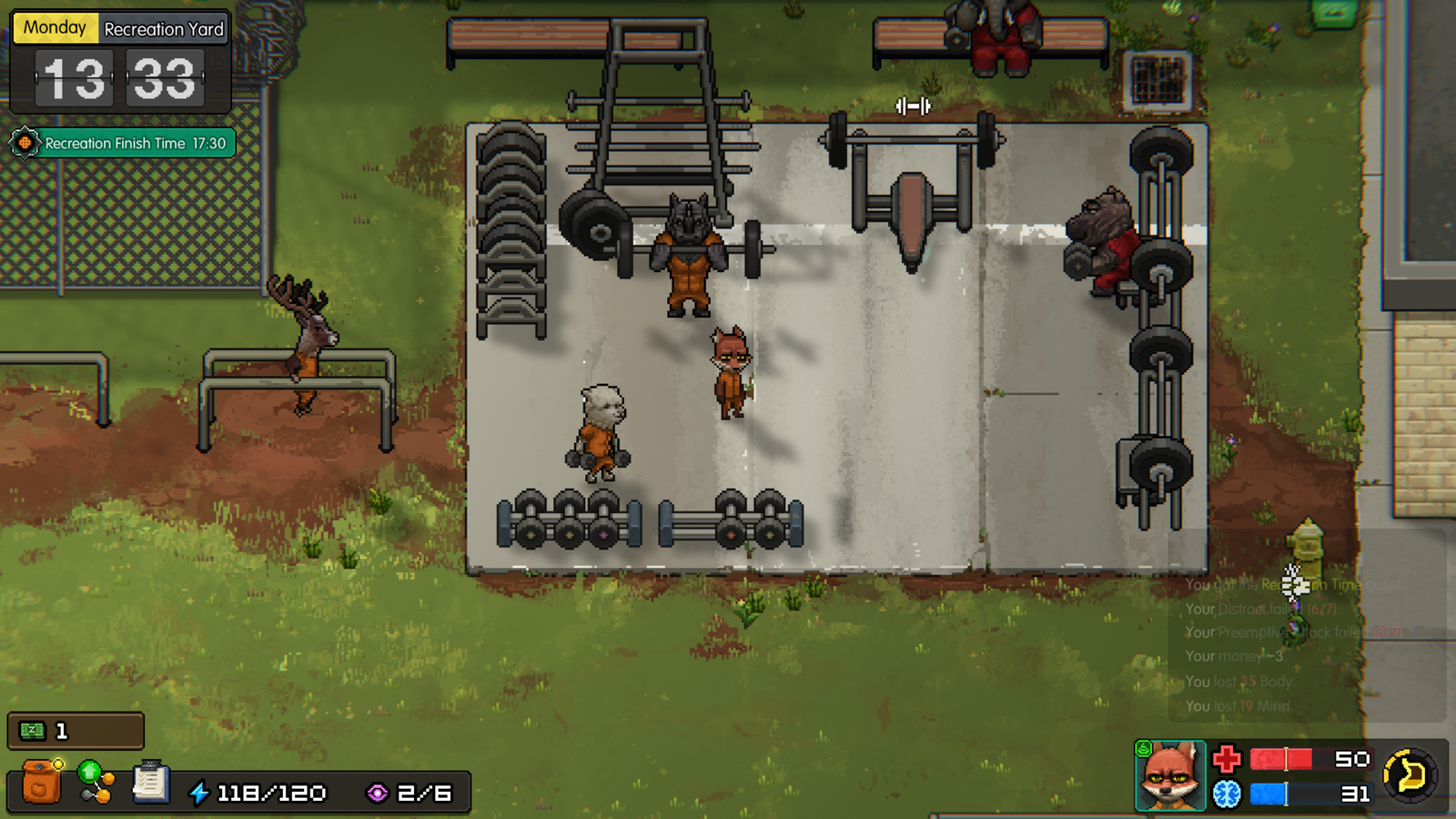
The Sounds of Prison Life
Sound design in the game is more subdued, with each location having its own ambient backing noise (and sometimes music) that lightly grounds you in the environment you’re walking around in. It’s more to set the scene than take it over, which is fine. Prison and the places you find yourself in aren’t meant to be fanciful and full of musical splendor. They’re boisterous, sometimes boring, and often monotonous except for the conversation taking place in them. Small sound effects within the game feel well placed and responsive, with every event that felt like it should have some sort of audio feedback receiving a well-placed and produced one.
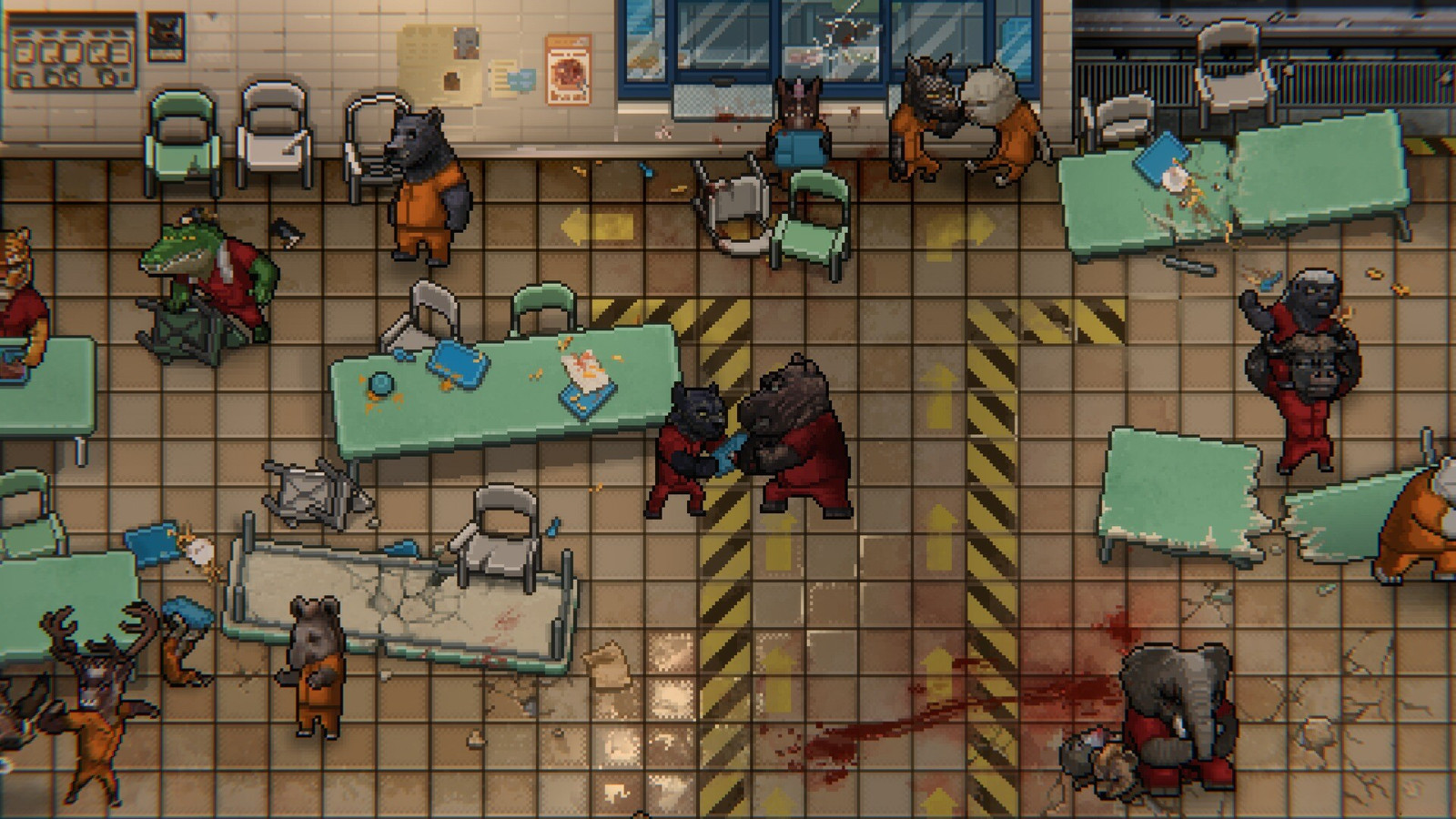
In Conclusion
Back to the Dawn is truly surprising. Its scale is much more deep than its surface appearance gives off, and you can tell how much the development team invested into the creative storytelling process. It shows in every decision you make, every animation of every animal character, and every story beat you hit. Living within and trying to make your escape from out of the prison feels important and impactful, and you really find yourself caring about (some) of the people locked inside there with you, and the people trying to help you get out (literally and figuratively) of the conflicts you find yourself wrapped up in. If you start Back to the Dawn, don’t expect to put it down until you finish it…and then finish it again.
